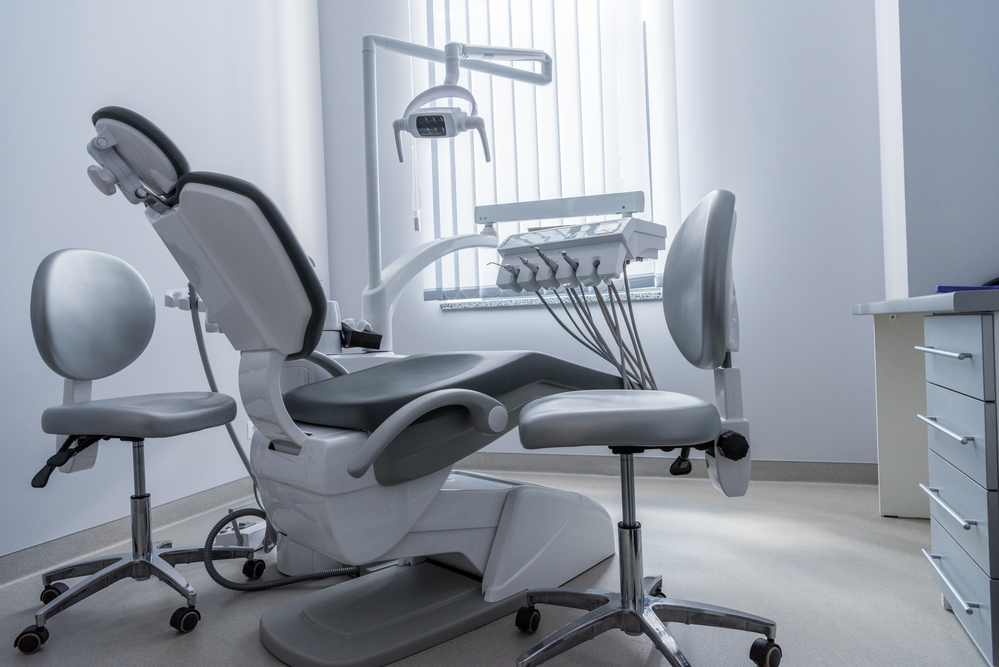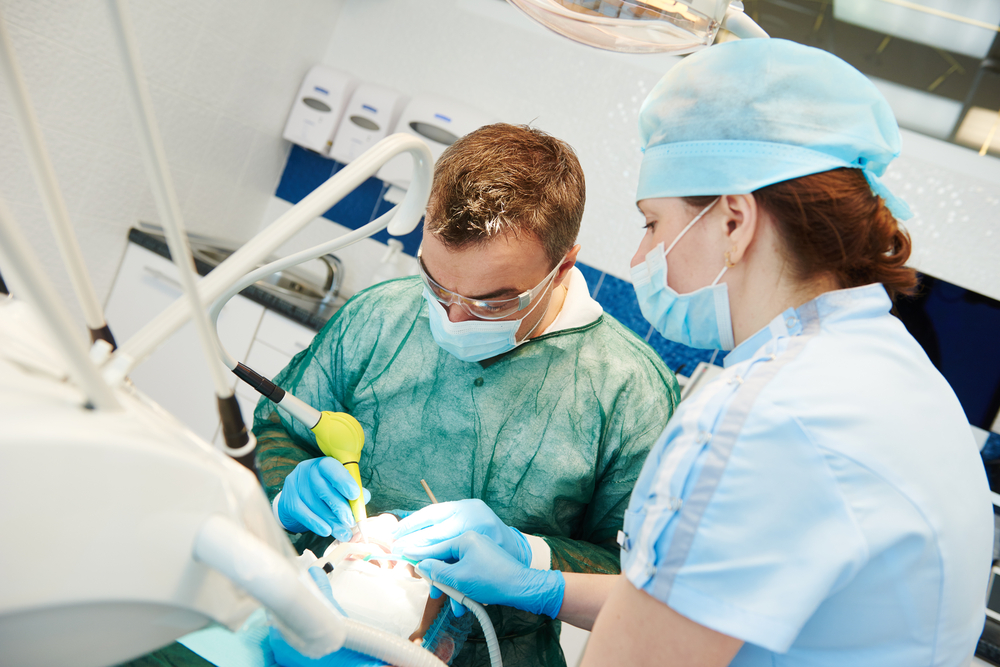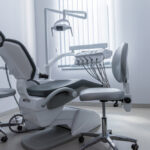The Shift Toward Data-Driven Orthodontics
In recent years, orthodontics has undergone a significant transformation, driven by technological advancements. Traditional orthodontic practices, once heavily reliant on manual assessments and practitioner intuition, are now being enhanced by predictive analytics and machine learning models. This shift is not only improving the accuracy of diagnosis and treatment planning but also boosting patient outcomes and satisfaction. The machine learning revolutionizing dental care is empowering orthodontists with data-backed insights, enabling them to make more precise and proactive decisions.
What Is Predictive Analytics in Orthodontics?
Predictive analytics refers to the use of historical and real-time data, statistical algorithms, and machine learning techniques to identify patterns and forecast future outcomes. In orthodontics, this technology is used to predict treatment results, estimate timelines, and optimize intervention strategies. By analyzing large volumes of patient data, including digital scans, X-rays, and clinical records, predictive models can recognize trends that may not be immediately evident to the human eye.
For instance, machine learning algorithms can evaluate past cases of similar orthodontic conditions and generate personalized treatment plans. This reduces guesswork and helps practitioners anticipate potential complications, enabling them to adjust strategies early in the treatment process.
How Machine Learning Is Revolutionizing Dental Care
The integration of machine learning into orthodontics is transforming the field by enhancing accuracy, efficiency, and patient outcomes. Advanced algorithms can analyze vast datasets of patient records, digital scans, and treatment histories to predict tooth movement patterns and optimize treatment plans. This technology enables orthodontists to offer highly personalized care, reducing the need for trial-and-error adjustments. Moreover, machine learning-powered remote monitoring tools allow real-time tracking of orthodontic progress, minimizing in-office visits while ensuring consistent oversight. As orthodontics continues to embrace AI-driven solutions, patients benefit from faster, more precise, and comfortable treatments.
The machine learning revolutionizing dental care is particularly evident in orthodontics, where precision and customization are essential. Here’s how machine learning is enhancing orthodontic outcomes:
Accurate Diagnosis and Treatment Planning:
Traditional orthodontic diagnosis relies heavily on visual examinations and radiographs. Machine learning models, however, can assess thousands of clinical images and detect subtle dental anomalies that might otherwise be missed. This level of precision allows for earlier intervention and more effective treatment strategies.
Personalized Treatment Simulations:
Orthodontists are now using machine learning-powered simulation software to visualize treatment progress and final results. Tools like Invisalign’s ClinCheck® and DentalMonitoring® use predictive modeling to generate digital previews of the patient’s smile, offering a clearer expectation of the outcome. This not only enhances patient confidence but also allows orthodontists to make real-time adjustments.
Predicting Tooth Movement and Treatment Timelines:
Machine learning algorithms can accurately predict how teeth will shift over time based on a patient’s unique anatomy and dental history. This enables orthodontists to create tailored treatment plans with precise timelines. As a result, patients receive more efficient care, reducing the need for prolonged or unnecessary interventions.
Automated Progress Monitoring:
Traditionally, orthodontic follow-ups required regular in-office visits. Now, remote monitoring systems powered by machine learning can analyze images submitted by patients via mobile apps. The AI assesses tooth movement, identifies deviations, and alerts the orthodontist if adjustments are needed. This remote oversight reduces the need for frequent clinic visits while maintaining treatment efficacy.
Risk Assessment and Early Intervention:
Machine learning models can predict the likelihood of orthodontic relapse, root resorption, or other complications by analyzing patient data patterns. This allows practitioners to take preventive measures, such as refining retention protocols or modifying appliance adjustments, before issues arise.
Benefits of Predictive Analytics in Orthodontic Care
The integration of predictive analytics and machine learning into orthodontics offers several key benefits:
Improved Treatment Accuracy:
By leveraging machine learning models, orthodontists can reduce errors in diagnosis and planning. This leads to more precise bracket placement, wire adjustments, and aligner movements, ultimately resulting in better patient outcomes.
Reduced Treatment Time:
Predictive analytics enables orthodontists to forecast tooth movement with greater accuracy, allowing for more efficient treatment strategies. As a result, patients experience shorter treatment durations without compromising quality.
Enhanced Patient Experience:
With predictive analytics, patients receive personalized treatment plans with clearer expectations. The use of visual simulations also improves communication, as patients can see potential results before committing to treatment.
Optimized Resource Allocation:
Orthodontic practices benefit from machine learning’s ability to automate repetitive tasks, such as analyzing digital impressions and generating reports. This streamlines workflows, allowing clinicians to focus more on patient care.
Real-World Applications: Machine Learning in Action
Many orthodontic clinics and dental tech companies are already harnessing predictive analytics to improve patient care. For example:
- Align Technology’s SmartTrack® Material: This AI-enhanced clear aligner system uses predictive modeling to optimize the fit and movement of Invisalign trays, enhancing treatment precision.
- DentalMonitoring®: This AI-powered remote monitoring tool allows orthodontists to track tooth movement remotely, reducing the need for in-person visits while maintaining close oversight.
- OrthoAnalyzer by 3Shape: This software uses machine learning algorithms to create 3D models for precise digital treatment planning, helping orthodontists visualize and adjust plans in real time.
Challenges and Considerations
While machine learning and predictive analytics offer significant advantages, they also present certain challenges:
Data Privacy Concerns:
As orthodontic practices adopt AI-powered systems, safeguarding patient data becomes a priority. Clinics must comply with data protection regulations to ensure privacy and security.
Model Accuracy and Bias:
Machine learning models rely on data quality. Incomplete or biased datasets can lead to inaccurate predictions. Continuous model training and validation are essential to maintain accuracy and reliability.
Human Oversight Remains Essential:
Although machine learning enhances decision-making, human expertise is still crucial. Orthodontists must interpret and validate AI-generated insights before applying them to clinical practice.
The Future of Orthodontics with Predictive Analytics
The future of orthodontics will increasingly rely on machine learning models and predictive analytics to drive efficiency, accuracy, and patient satisfaction. As technology continues to evolve, we can expect:
- Real-time adaptive treatment plans based on continuous patient data.
- Fully automated diagnosis and progress tracking with minimal human intervention.
- Integration of wearable devices that collect real-time data for predictive models.
A Data-Driven Future for Orthodontics
The machine learning revolutionizing dental care is no longer a distant concept—it is already transforming orthodontics. By leveraging predictive analytics and AI-powered models, orthodontists can deliver more precise, efficient, and personalized treatments. This data-driven approach not only improves patient outcomes but also enhances the overall orthodontic experience. As technology continues to advance, the future of orthodontics promises even greater precision and innovation, redefining standards of care.






